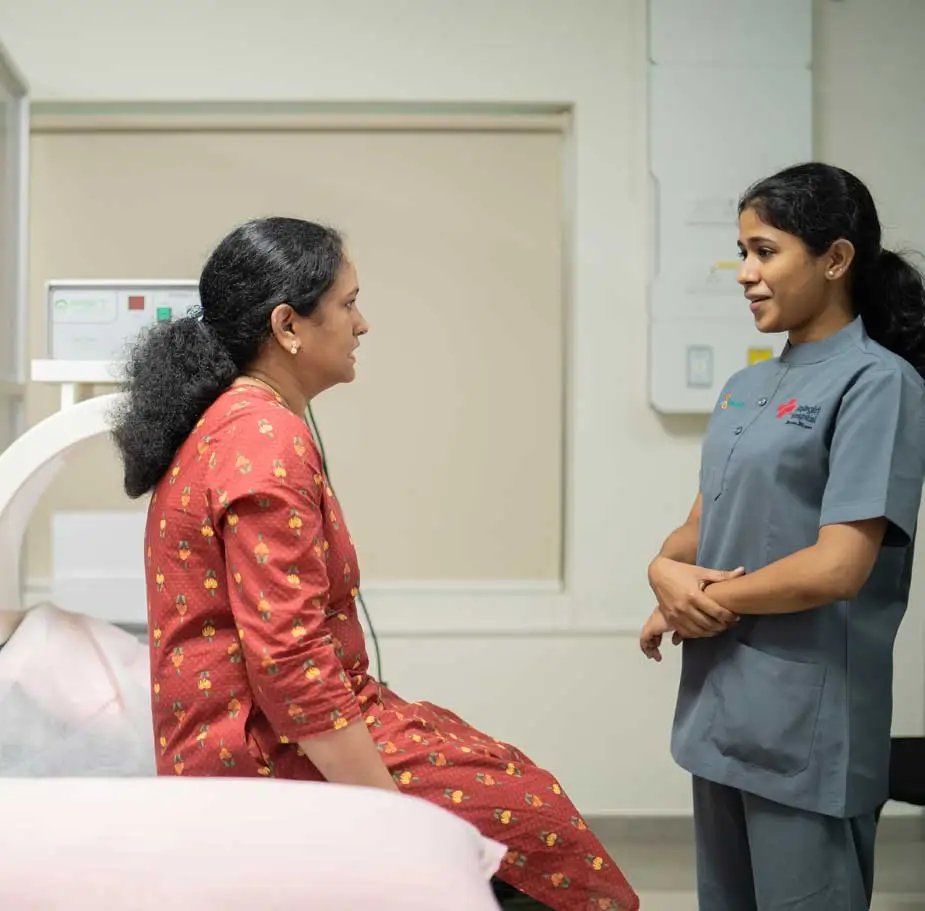Delayed/Non-union Fractures
Symptoms
Symptoms of delayed union may include:
Tenderness
Swelling
Aching pain
Weakness
Visible bump beneath the skin
Causes
The causes of delayed union may include:
Diagnosis
Treatments
Our Musculoskeletal Wellness & Rehabilitation Program incorporates an advanced modality called Pulsed Cell Repair Therapy (PCRT). PCRT directs a series of electromagnetic impulses through injured tissue. Each pulse induces a tiny electrical signal that stimulates cellular repair, and harnesses the body’s own ability to heal itself. This natural signal promotes the body to repair damaged or worn bone/tissues/cartilages and to maintain healthy and proper functioning of the joint.
The treatment session is typically 9 to 12 days, first 9 days should be continuous without interval followed by a 3 to 4 week break before starting muscle strengthening exercises. Because of the regenerative process, patient is advised for rest without any vigorous movements in the joint.
Shockwave Therapy (ESWT), which is another advanced modality for the treatment of musculoskeletal conditions and its very effective in delayed union and non-union fractures. ESWT uses sound waves (high amplitude pulses of mechanical energy) to breakup infected tissues and stimulate the healing process. The energy triggers the regeneration and reparative processes of the bones, tendons and other soft tissues. ESWT is used to treat chronic, sub-acute and acute conditions. After the shockwave session, Cryotherapy is advised to avoid muscle soreness.

Elements of Musculoskeletal Wellness Program
Extracorporeal Shockwave
Pulsed Cell Repair
Electrotherapy & Pain management
Exercises
Nutrition & Diet Management
Lifestyle Management
Ergonomics Guidance
Get a Quick Reply Here
Office
Make A Call Now
Monday to Saturday: 8:30am – 6pm
